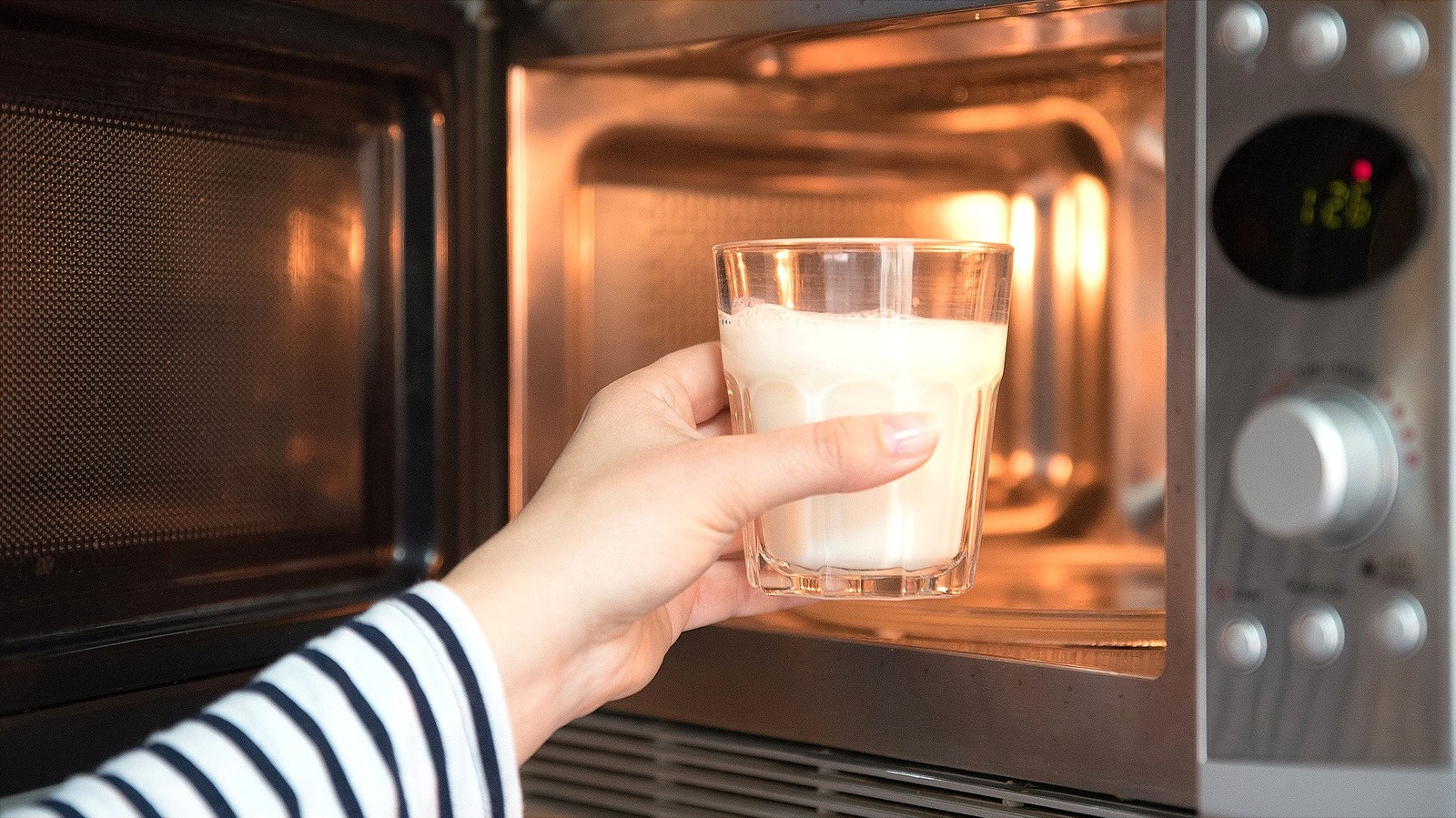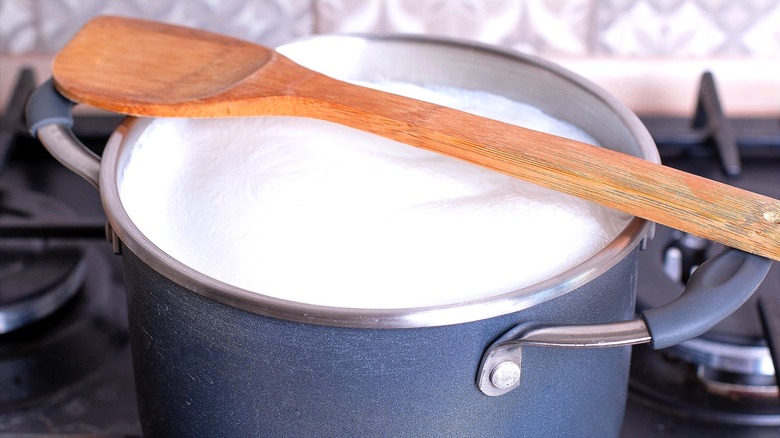All recipes come with highs and lows and the lows are almost always those semi-complicated or drawn-out steps you’d rather skip. If your next recipe calls for a cup or two of scalded milk, before you sigh heavily, try a fool-proof heating method. Sure enough, with the handy use of your microwave and believe it or not, a wooden spoon, you’ll have scalded milk in no time. The best part? You don’t have to worry about your milk accidentally boiling over during the heating process.
Whether you’re whipping up classic vanilla pudding or your grandmother’s revered bread recipe, there are a number of important reasons a recipe may call for scalding milk. Not only can this special ingredient minimize a recipe’s preparation time, but scalded milk can also hold the essence of additional flavors with ease.
To tackle the scalding process in your microwave, first place milk in a heatproof glass measuring cup or bowl. Add a wooden spoon and heat the milk in 20-second increments until it reaches 180 degrees Fahrenheit.
When milk heats, fat and protein molecules bond together, rising to the surface and creating a layer of foam. At the same time, steam is produced, causing pressure that pushes the foam upward and can lead to spillover. However, a wooden spoon disrupts this process, breaking apart the layer of bubbles. While your microwave may streamline the scalding process, the wooden spoon assures a mess-free experience.
More ways to scald milk without the mess
If you’re set on scalding milk in your microwave, besides utilizing a wooden spoon, use an extra large container to reduce spillover. You can also use a microwave-safe lid by placing it loosely across the top of your container. If a spill does happen, don’t fret. Simply use baking soda to clean your microwave in a pinch.
If, on the other hand, you like the idea of using a wooden spoon but want to monitor the scalding process more closely, use a saucepan instead of your microwave. In order to heat milk efficiently over your stove, use a pot or saucepan with a decent amount of surface area and a heavy base. Add in a digital thermometer and with a wooden spoon, stir the milk as it heats. If you happen to be scalding a big batch of milk, you can also place the spoon across the top of your pot to control the bubbles.
Whether you’re using your stove or microwave, once your milk reaches 180 degrees Fahrenheit, allow it to cool to room temperature or 110 degrees before using. Now that you know how easy it is to prepare a batch of scalded milk, use this ingredient to upgrade yeasted bread, vanilla bundt cake, or even the pastry cream in your favorite Boston cream donut recipe.





